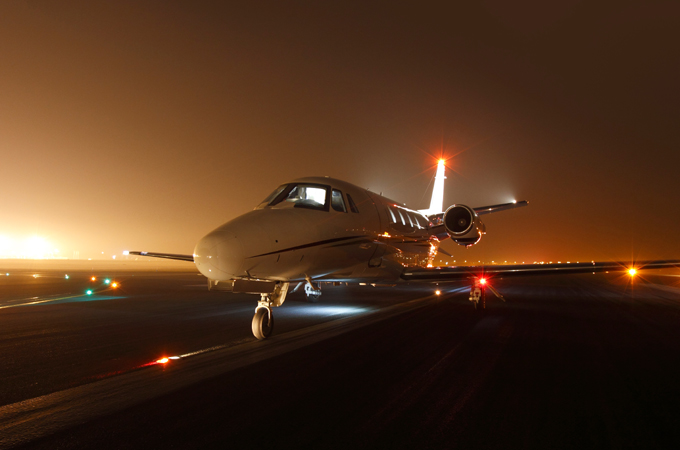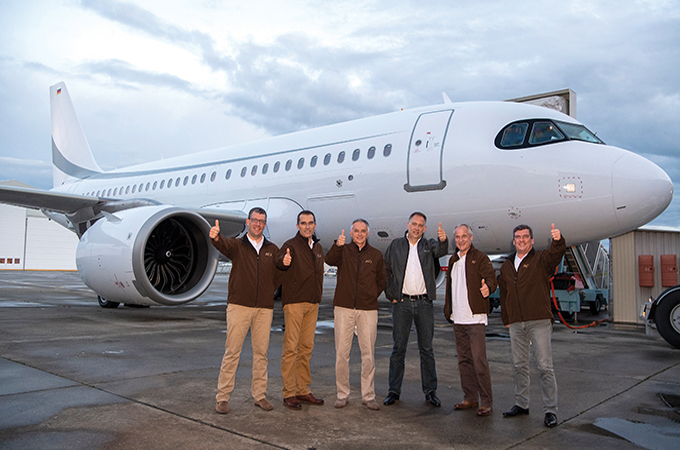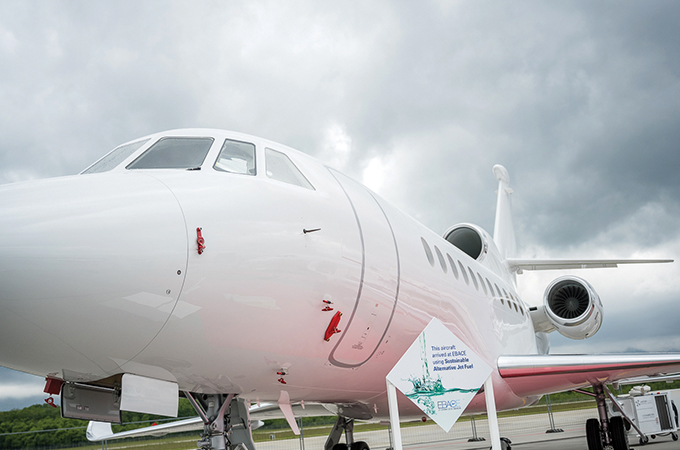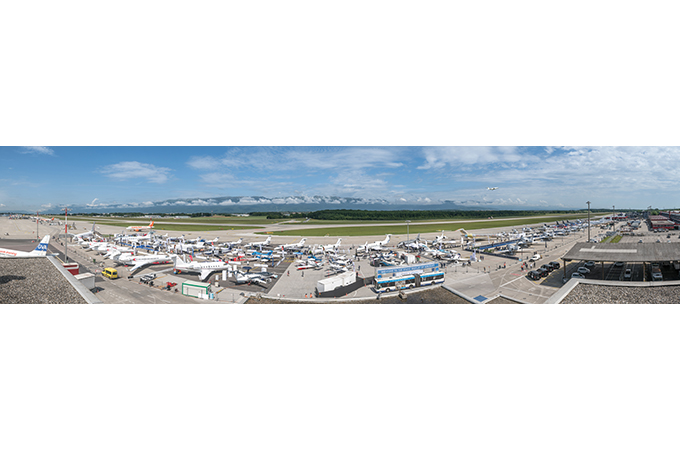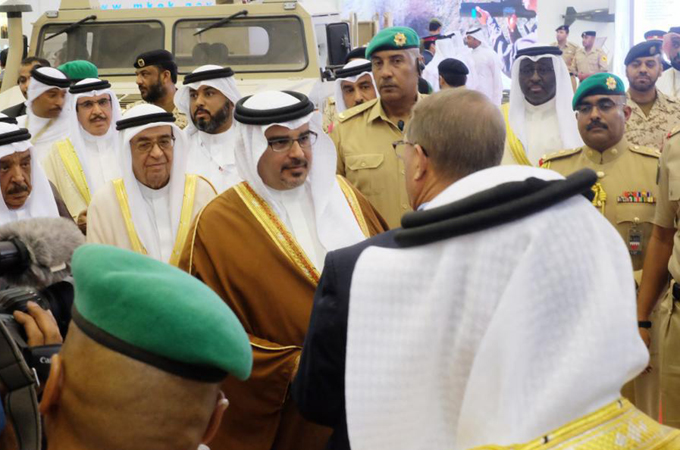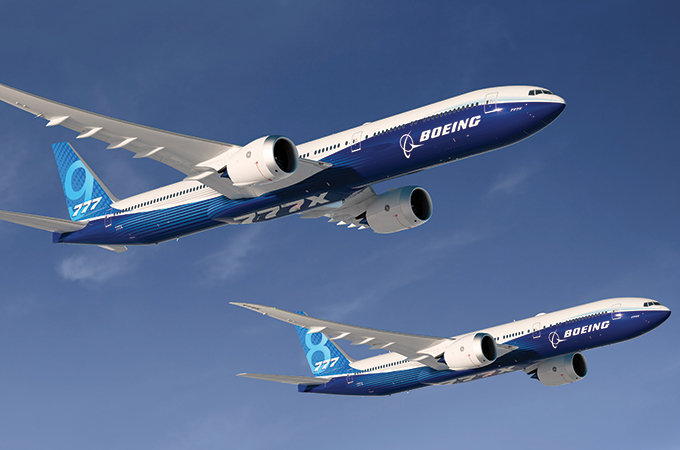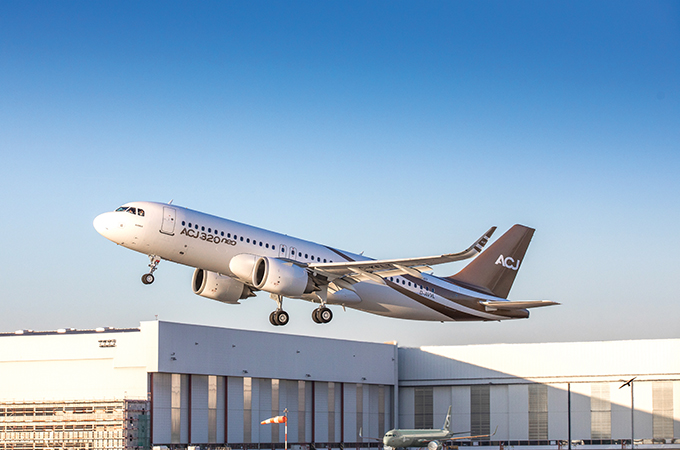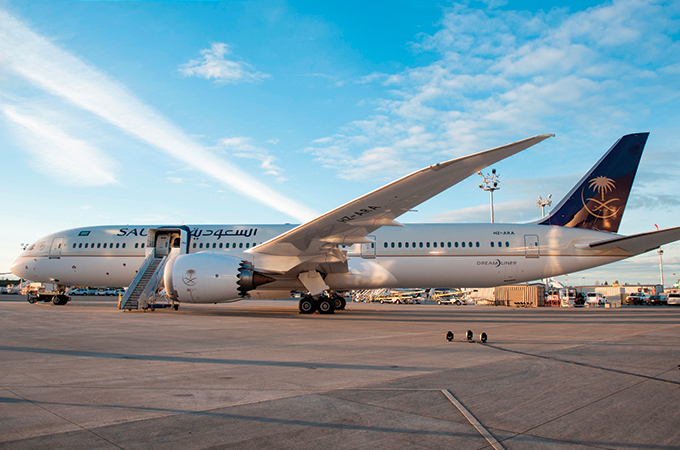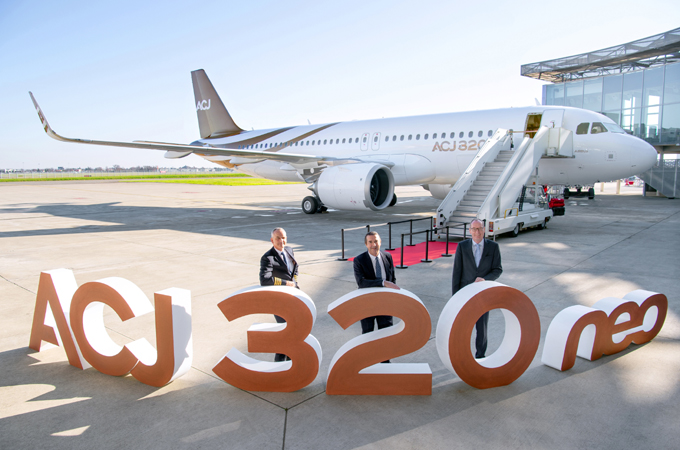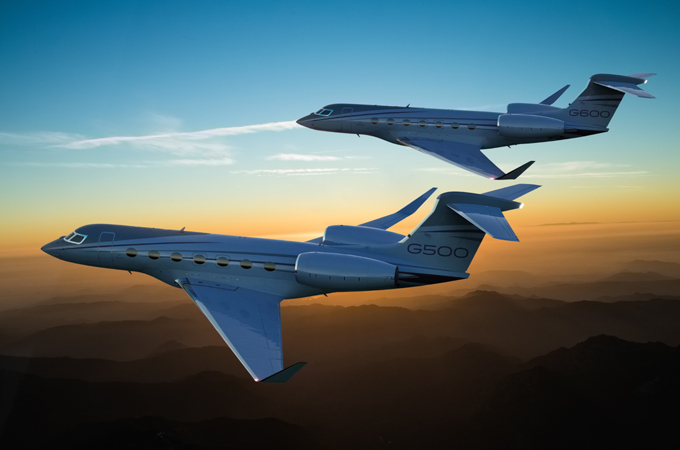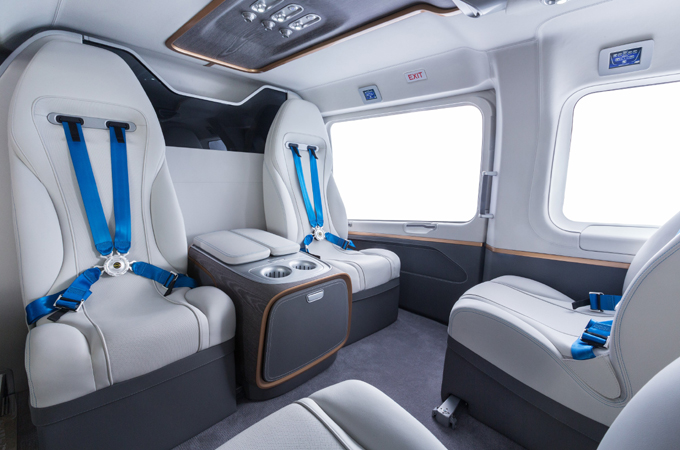Wed, Oct 7, 2020
Business jet usage is expected to rebound to 80% to 85% of 2019 levels in the 4th quarter of 2020 and fully rebound by the middle of 2021, says Honeywell’s 29th annual Global Business Aviation Outlook.
It forecast that Up to 7,300 new business jet deliveries worth $235 billion are likely from 2021 to 2030, down 4% in deliveries from the same 10-year forecast a year ago. And, the Middle East and Africa region has reported higher purchase plans during the period.
Despite the dip, 4 of 5 business jet operators in the survey indicate that purchase plans have not been affected by the Covid-19 pandemic. Short-term reductions in both deliveries and expenditures due to the pandemic aren’t expected to have a lasting impact on the business jet industry.
“Business jet usage is expected to rebound to 80% to 85% of 2019 levels in the 4th quarter of 2020 and fully rebound by the middle of 2021, indicating demand for business jet travel is returning after the global pandemic caused a slowdown in the industry earlier this year,” said Heath Patrick, President, Americas Aftermarket, Honeywell Aerospace.
“The information we gleaned from operators shows a less than 1% decline in five-year purchase plans, so despite the short-term effects of the pandemic, we don’t expect long-term changes to purchase plans or to the overall health of the business jet market.”
Key findings in the 2020 Honeywell Global Business Aviation Outlook include:
• Five-year purchase plans for new business jets are down less than one percentage point compared with last year’s survey;
• Among those purchase plans of new business jets over the next five years, 30% are expected to occur in the next two years. This is 5 percentage points lower than last year’s survey, due mainly to near-term uncertainty;
• Business jet deliveries in 2021 are expected to be up 13% from a Covid-impacted 2020;
• Operators plan to make new jet purchases equivalent to about 16% of their fleets over the next five years as replacements or additions to their current fleet, in line with 2019 survey results;
• Operators continue to focus on larger-cabin aircraft classes, from large cabin through ultralong- range aircraft, which are expected to account for more than 70% of all expenditures of new business jets in the next five years;
• The longer-range forecast through 2030 projects a 4% to 5% average annual growth rate of deliveries in line with expected worldwide economic recovery. This figure is higher than in 2019 due in part to Covid-related declines in 2020;
• Purchase plans for used jets show a moderate decline in this year’s survey. Operators worldwide indicated that 25% of their fleet is expected to be replaced or expanded by used jets over the next five years, down 6 percentage points compared with survey results from 2019.
Effects of Covid-19 on the industry:
• 4 of 5 operators in the survey said their buying plans have not been affected by Covid-19. Most of the operators who indicated their buying plans have been affected say they now plan to hold onto their current aircraft longer;
• 82% of respondents in North America expect to operate their business jets less frequently in 2020 versus 2019. Other regions are seeing similar declines. Global business jet usage is expected to recover to 2019 levels by the second half of 2021;
• Survey respondents did not signal sales of late-model aircraft due to Covid-19. Specifically, only 10% of all respondents in the survey are planning to sell one or more aircraft without replacement in the next five years compared with 8% in last year’s survey;
• Survey responses do not support the hypothesis that a decline in commercial travel has led to an increase in purchases of business jets. More than 95% of operators expect no change to fleet size due to a decrease in commercial travel.
Breakdown by Region
Middle East and Africa – higher purchase plans were reported, following a five-year low in 2019.
• 16% of respondents said they will replace or add to their fleet with a new jet purchase, up from 12% last year;
• Respondents plan to schedule more new business jet purchases within the first year of the survey compared with 2019. About 26% of operators in this year’s survey plan to purchase new business jets within the next year, up from 20% in last year’s survey;
• The share of projected five-year global demand attributed to the Middle East and Africa is 4%, in line with the historical range of 4% to 6%.
North America – Compared with last year, new aircraft acquisition plans in North America are flat.
• New jet purchase plans remain unchanged in North America in this year’s survey. Over the next five years, 15% of the fleet is expected to be replaced or supplemented with a new jet purchase;
• About 32% of operators responding to the survey plan to schedule their new purchases within the first two years of the five-year horizon. This is 4 percentage points lower than in last year’s survey;
• Purchase plans for used jets are lower, down 8 percentage points when compared with last year’s survey but back to historical levels as last year saw a five-year high;
• An estimated 64% of worldwide demand for new jets will come from North American operators over the next five years, up 4 percentage points compared with last year’s survey;
Europe – Operators have slowly been replacing aging aircraft in the fleet.
• Europe’s purchase expectations decreased this year to roughly 24% of the fleet, down 4 percentage points compared with last year’s results;
• About 24% of operators plan to schedule their new purchases within the next two years, down 6 percentage points and below the worldwide average of 30%.
• Europe’s share of global demand over the next five years is estimated to be 18%, 1 percentage point lower than last year.
Latin America – Purchase plans dipped 6 percentage points to a five-year low.
• In Latin America, 15% of the fleet is expected to be replaced or supplemented with new jet purchases over the next five years, down from 21% in last year’s survey;
• About 19% of this region’s projected purchases are planned between 2020 and 2022, lower than the worldwide average of 30%;
• Latin America will represent ~3% of the total projected business jet demand over the next five years versus 7% in last year’s survey. The decline is due to economic pessimism in the region.
Asia Pacific – Purchase plans are stable in the region, largely unchanged from last year.
• Operators in Asia Pacific report new jet acquisition plans for 14% of their fleet over the next five years;
• Based on the expressed level of purchase plans, Asia Pacific remains at a 10% share of global new jet demand over the next five years;
• About 30% of respondents in Asia Pacific plan to schedule their new purchases within the first two years of the five-year horizon, compared with 40% a year ago.
Used Jets
• Plans to acquire used jets in the next five years dropped by about 6 percentage points from last year’s survey. Twenty-five percent of used business jets will trade hands over the next five years, compared with a five-year projection of 31% in 2019.
Making an Impact on Business Decisions
The Global Business Aviation Outlook reflects current operator concerns and also identifies longer-cycle trends that Honeywell uses in its own product decision process. The survey has helped identify opportunities for investments in flight-efficiency upgrades, expanded propulsion offerings, innovative safety products, services, upgrades, and enhanced aircraft connectivity offerings. The survey also informs Honeywell’s business pursuit strategy and helps position the company consistently on high-value platforms in growth sectors.



